8 Simple Tips to Save Your Sabzi Garden from Heavy Rains
When the skies open up and the monsoon rains pour down relentlessly, every gardener’s heart skips a beat. While rain breathes life into your garden, too much of it can turn your flourishing vegetable patch into a soggy and struggling mess.
The monsoon season is a double-edged sword, important for growth but potentially harmful when excessive. So, how do you keep your precious vegetable plants healthy and alive amid the wettest months of the year?
With a bit of foresight and some clever gardening hacks, you can safeguard your crops from waterlogging, fungal infections, and other rain-related woes. Let’s dive into some practical tips that will help your garden grow, come rain or shine.
1. Choose the right vegetables for the monsoon
Choosing suitable vegetables for the monsoon season is the first step towards a successful garden. Some plants naturally tolerate wet conditions better than others, so it pays to plan accordingly. Leafy greens such as spinach, amaranth, and mustard grow in moist weather, allowing you to enjoy a fresh harvest even with intermittent heavy showers.
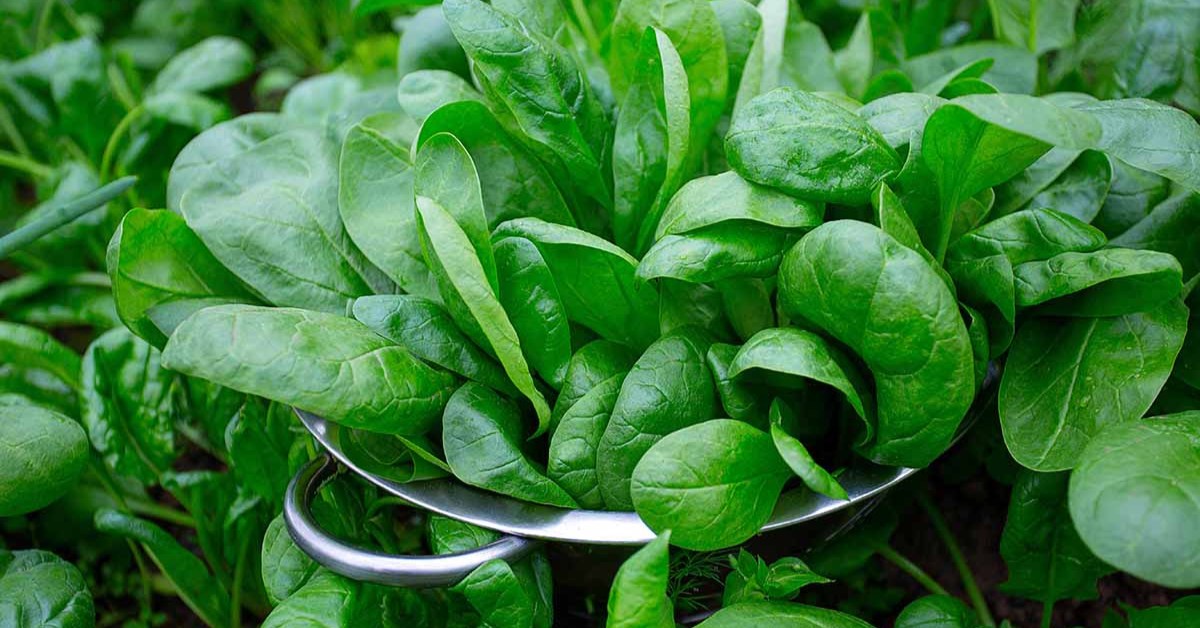 Leafy greens such as spinach, amaranth, and mustard grow well in the monsoon season; Picture source: Gardener’s Path
Leafy greens such as spinach, amaranth, and mustard grow well in the monsoon season; Picture source: Gardener’s Path
Root vegetables like radishes and turnips also tend to cope well as they develop beneath the soil. However, more delicate or water-sensitive crops like tomatoes, carrots, and potatoes often suffer during continuous wet spells, becoming susceptible to rot and fungal diseases.
When selecting seeds or seedlings, opt for disease-resistant varieties whenever possible, as they are bred to withstand the humidity and pest pressure that come with the monsoon. By choosing your crops wisely, you can reduce the risk of losses and maintain a blooming kitchen garden even in the soggiest conditions.
2. Elevate your garden beds
Waterlogging is one of the most common threats during heavy rains, which is why elevating your garden beds is so crucial. Raised beds, constructed either with timber, bricks, or stone, help improve drainage by allowing excess water to run off more easily, preventing the roots from sitting in waterlogged soil that can lead to root rot or fungal diseases.
Ideally, beds should be raised between 15 to 30 centimetres (six to 12 inches) above ground level, depending on your soil type and rainfall intensity. Incorporating layers of coarse gravel or sand at the base before adding soil can further improve drainage.
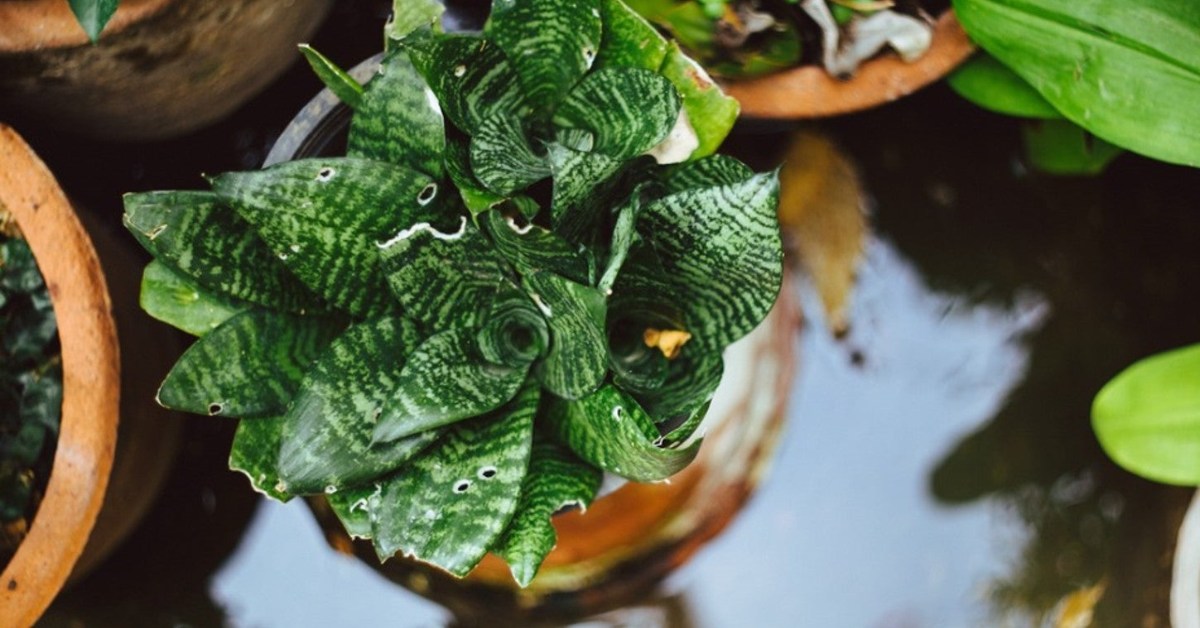 Raised beds, constructed either with timber, bricks, or stone, help improve drainage by allowing excess water to run off; Picture source: Gardening Know How
Raised beds, constructed either with timber, bricks, or stone, help improve drainage by allowing excess water to run off; Picture source: Gardening Know How
For gardeners using containers or pots, placing them on bricks, tiles, or wooden stands helps avoid water stagnation and keeps roots healthy. This simple adjustment can dramatically reduce the risk of water-related damage, giving your plants the best chance to absorb oxygen and nutrients during the damp season.
3. Focus on mulching
Mulching is one of the most effective strategies for protecting your vegetable garden during the monsoon. A thick layer of mulch, whether straw, dried leaves, bark chips, or grass clippings, serves several purposes.
It acts as a protective shield against heavy raindrops that can dislodge soil and damage tender roots. Mulch also reduces soil erosion by stabilising the surface and preventing soil splash, which can carry disease-causing spores onto plant foliage.
Additionally, it helps retain soil moisture during drier spells between rains and suppresses the growth of weeds that compete for nutrients and water. Aim for a mulch layer approximately five to seven centimetres (two to three inches) thick, replenishing it if it decomposes or washes away.
Organic mulches also gradually break down, enriching the soil with nutrients and enhancing its texture over time. By keeping the soil protected and healthy, mulch plays an important role in maintaining a robust monsoon vegetable garden.
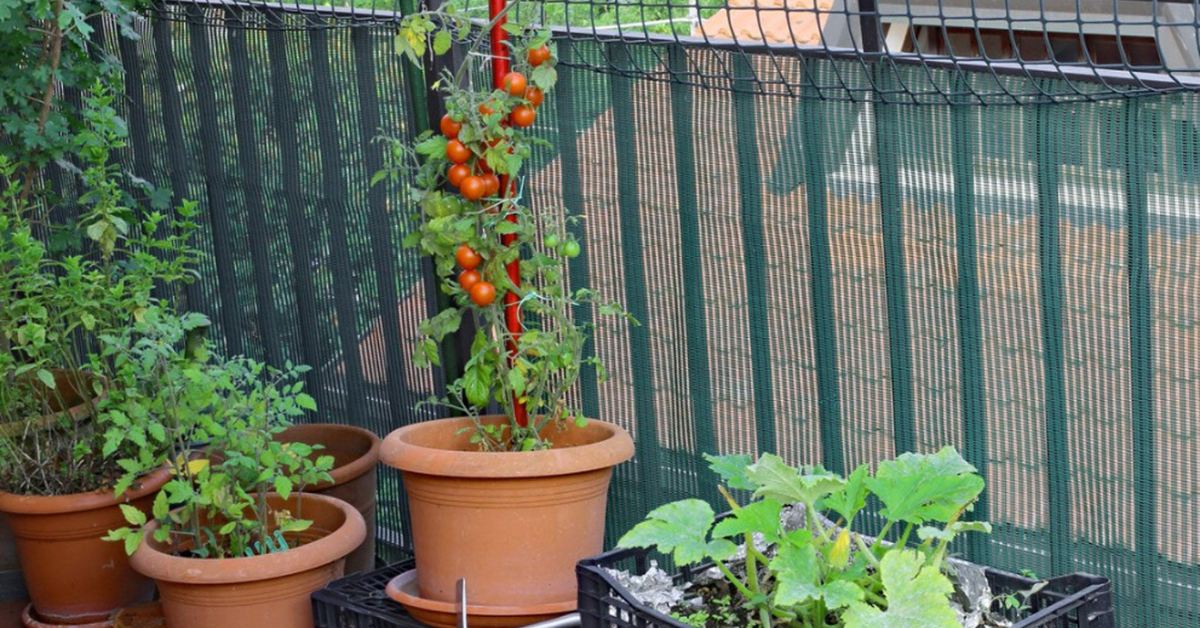 It is important to provide sturdy support to your plants during the monsoon season; Picture source: Gardening Know How
It is important to provide sturdy support to your plants during the monsoon season; Picture source: Gardening Know How
4. Provide proper plant support
Monsoon weather can be unpredictable, often combining heavy rain with gusty winds that can easily damage or uproot vegetable plants. Providing sturdy supports such as stakes, cages, or trellises can help your plants stand firm through storms.
Tall, vining plants like tomatoes, beans, and cucumbers especially benefit from proper support to keep their foliage and fruit off the wet ground, reducing the risk of rot and disease. Use materials like bamboo canes or metal stakes, making sure they are firmly anchored in the soil to withstand strong winds.
When tying plants, use soft garden twine, strips of old fabric, or horticultural tape to avoid damaging the stems. Supporting plants properly not only protects them physically but also improves air circulation around the foliage, which is necessary during the damp monsoon months to reduce humidity-related problems.
5. Prune and space plants wisely
Overcrowding in the vegetable patch can exacerbate problems during the monsoon by restricting airflow and trapping moisture among the leaves, creating the perfect environment for fungal diseases.
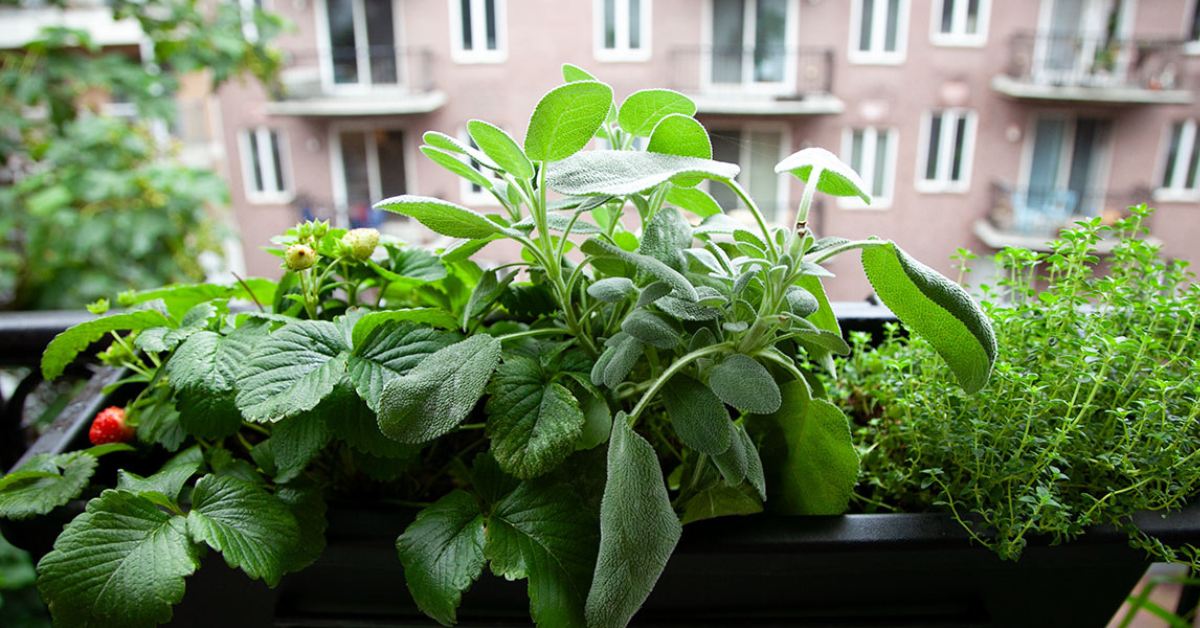 Keep an eye out for pests and diseases in your plants during the monsoon season; Picture source: Urban Pantry Garden
Keep an eye out for pests and diseases in your plants during the monsoon season; Picture source: Urban Pantry Garden
Proper spacing when planting is key, give each plant enough room to grow freely without competing for light, nutrients, or air. Pruning excess or diseased foliage is equally important as it opens up the canopy, allowing sunlight and wind to dry out damp leaves and reduce the incidence of mildew and blight.
Removing lower leaves that touch the soil also prevents soil-borne diseases from spreading to the plant. Regular maintenance and a thoughtful planting layout encourage a healthier, more resilient garden that can better withstand the challenges of wet weather.
6. Monitor and manage pests and diseases
The wet and humid conditions of the monsoon create a haven for many pests and diseases that can wreak havoc on your vegetable plants. Fungal diseases such as powdery mildew, downy mildew, and leaf blight grow in damp conditions, while pests like slugs, snails, aphids, and caterpillars multiply rapidly.
Vigilance is crucial, so inspect your plants daily for any signs of distress, such as discoloured or spotted leaves, wilting, or unusual growths. Early detection allows you to act promptly before an outbreak spreads.
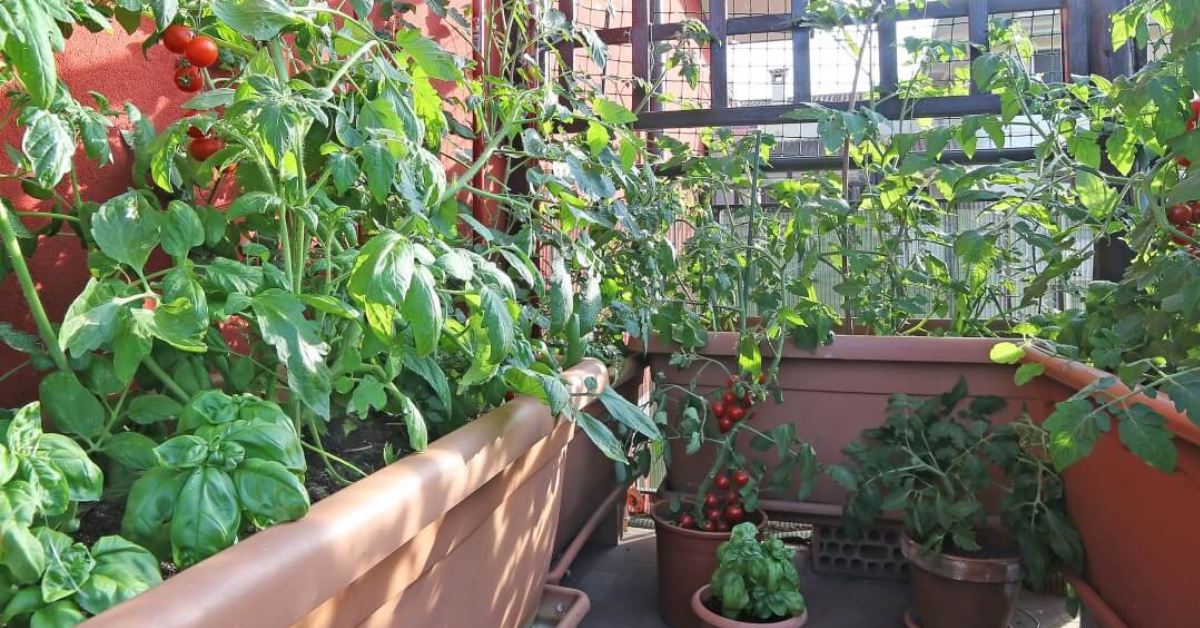 During the monsoon season, you can protect your vegetable plants with rain covers or shade nets; Picture source: All That Grows
During the monsoon season, you can protect your vegetable plants with rain covers or shade nets; Picture source: All That Grows
Use organic remedies like neem oil, garlic sprays, or copper-based fungicides, which are gentle on beneficial insects and the environment. Crop rotation is another preventative measure to reduce disease build-up in the soil by avoiding planting the same family of vegetables in the same spot year after year. Controlling pests early with hand-picking or organic deterrents helps protect your crop without resorting to harsh chemicals.
7. Use rain covers or shade nets
During particularly heavy or prolonged rainfall, protecting your more vulnerable plants with rain covers or shade nets can make a big difference. Transparent plastic sheets, garden cloches, or mini-greenhouses shield seedlings and tender crops from the relentless downpour, preventing physical damage and excess moisture.
Shade nets offer a more breathable alternative, filtering sunlight and reducing the intensity of rain and wind while allowing air circulation. It is important to allow good ventilation under these covers to avoid the build-up of heat and humidity, which can create a different set of problems, such as fungal growth.
Monsoon gardening demands rigorous hygiene to prevent the spread of diseases and pests. After each use, clean your gardening tools with rubbing alcohol or a diluted bleach solution to sterilise blades, forks, and trowels.
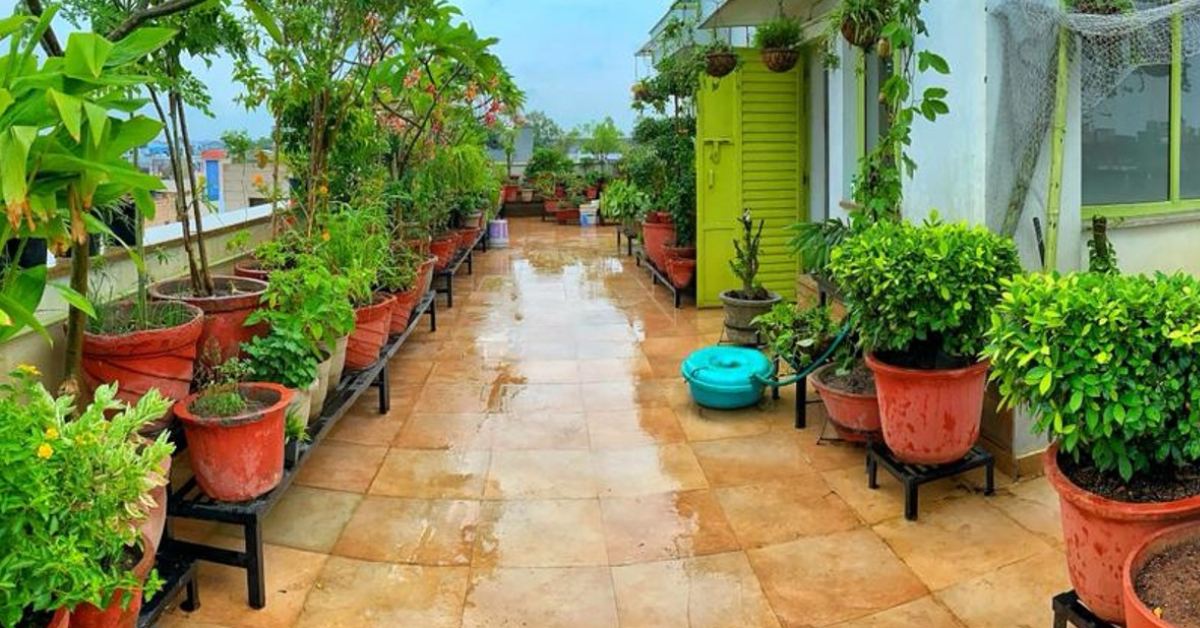 With the right preparation, you can enjoy healthy vegetables throughout the rainy season; Picture source: The Patriot
With the right preparation, you can enjoy healthy vegetables throughout the rainy season; Picture source: The Patriot
This prevents pathogens from transferring between plants. Remove fallen leaves, dead plants, and other garden debris regularly, as these can harbour fungal spores and insect eggs. Avoid working in the garden when the soil is excessively wet to prevent compaction, which reduces aeration and damages plant roots.
By maintaining a clean and tidy garden environment, you create fewer opportunities for disease outbreaks and help your vegetables flourish throughout the monsoon.
The monsoon does not have to be a nightmare for your vegetable garden. With the right preparations and a little vigilance, you can turn the season’s downpour into a boon rather than a burden. So, gear up with these tips and get ready to enjoy healthy vegetables throughout the rainy season. After all, a well-prepared garden is the secret to a successful monsoon harvest.
News